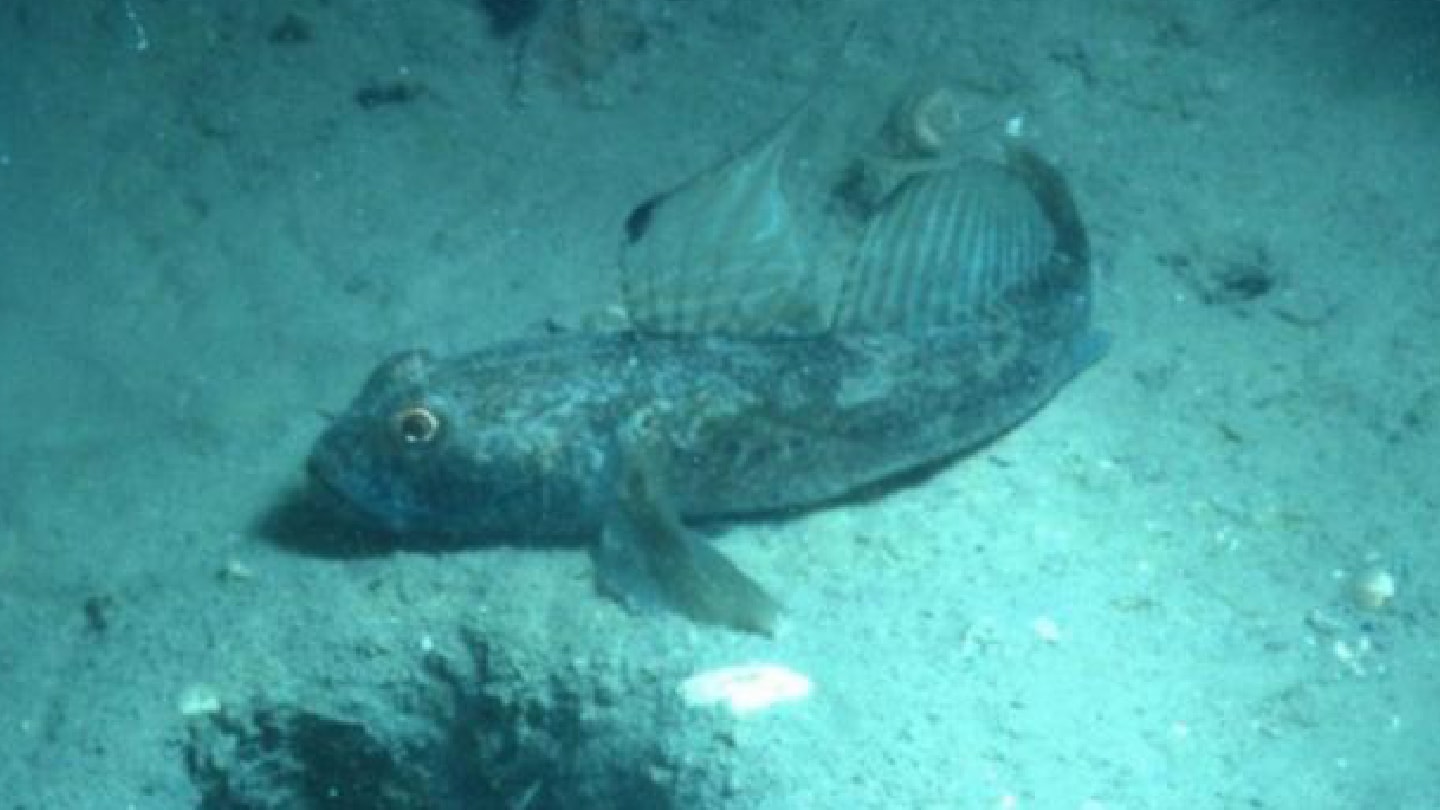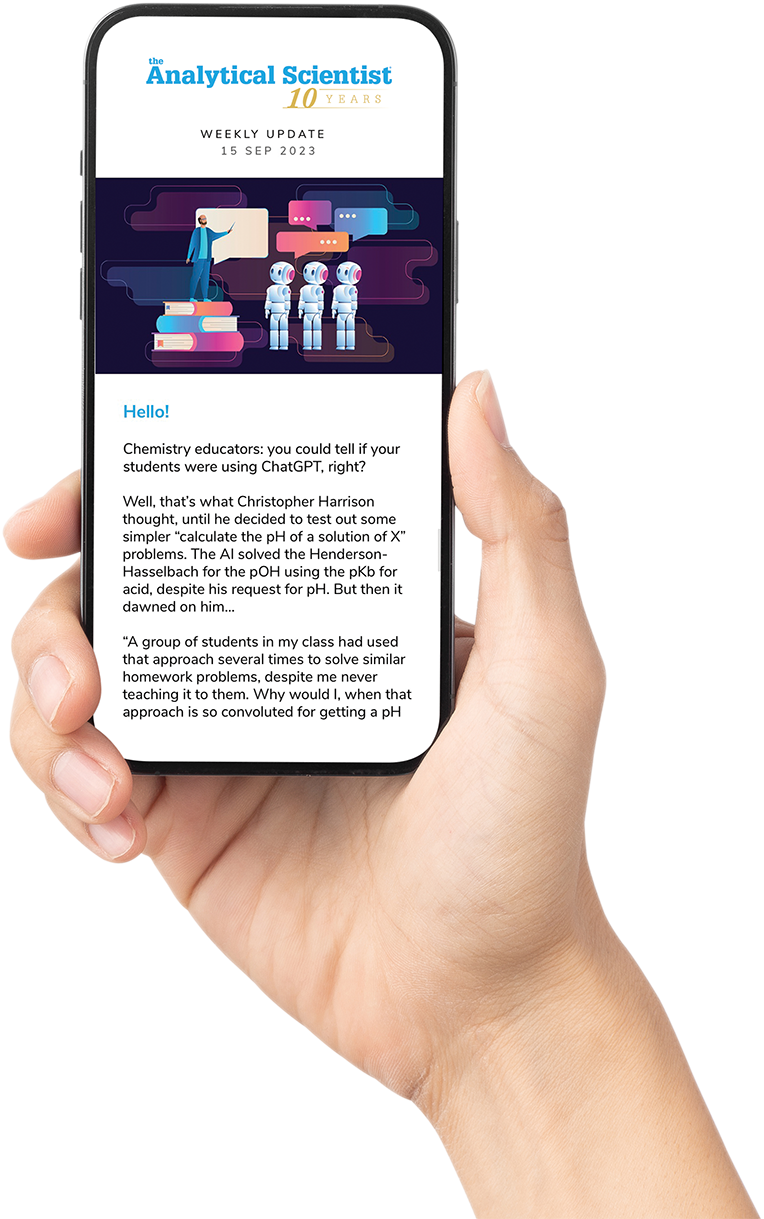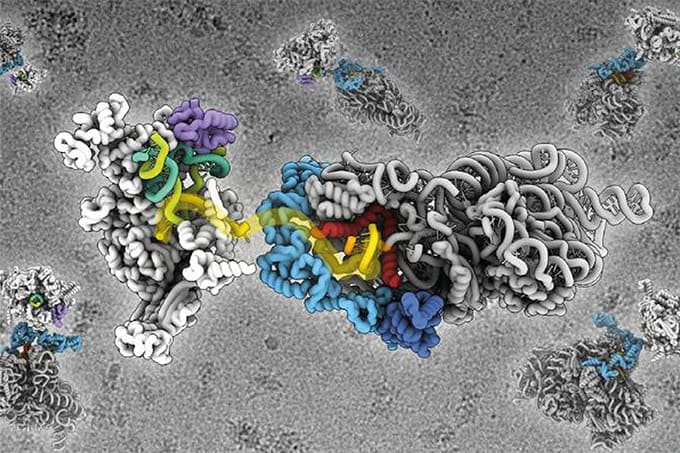
A refined electron microscopy technique is helping palaeontologists read the biological “diary entries” stored in fossilized fish ear stones, or otoliths – revealing intricate daily growth patterns and environmental insights that were once thought to be lost to time.
In the study, researchers from the University of Vienna applied high-resolution backscatter electron (BSE) imaging to otoliths from the black goby (Gobius niger), a common Adriatic fish. Unlike traditional light microscopy or secondary electron techniques, BSE exploits compositional contrasts in mineral density to visualize microstructures within the otolith matrix, including ultrafine growth rings.
“With the electron microscope, we were able to make even the smallest growth increments visible,” said lead author Isabella Leonhard, in a press release. “Typically, these rings form in a daily rhythm. In addition, micro-increments exist that form independently of the daily cycle – these sub-daily patterns reflect feeding, movement, environmental changes, or stressors the fish was exposed to.”
By fine-tuning scan settings and using extended acquisition times, the team detected up to 275 percent more microincrements in Holocene-aged otoliths than standard imaging methods allowed. Some bands were less than 0.5 µm wide – undetectable under light microscopy due to the opacity and diagenesis typical of ancient specimens. Crucially, preservation quality didn’t limit internal visibility: BSE revealed internal features even in otoliths over 7,600 years old.
The results offer a new path for sclerochronological studies of ancient fish, with potential applications in reconstructing environmental and ecological changes across millennia. “Our results show that fossil otoliths have enormous untapped potential,” said co-author Martin Zuschin. “They can help us to better understand the changes we are seeing today.”
The team recommends a combined workflow: LM screening for large datasets, with targeted BSE imaging of opaque or poorly preserved material. As otoliths from small, non-commercial species are rarely studied in such detail, the method also opens doors to long-term population studies beyond fisheries science.




